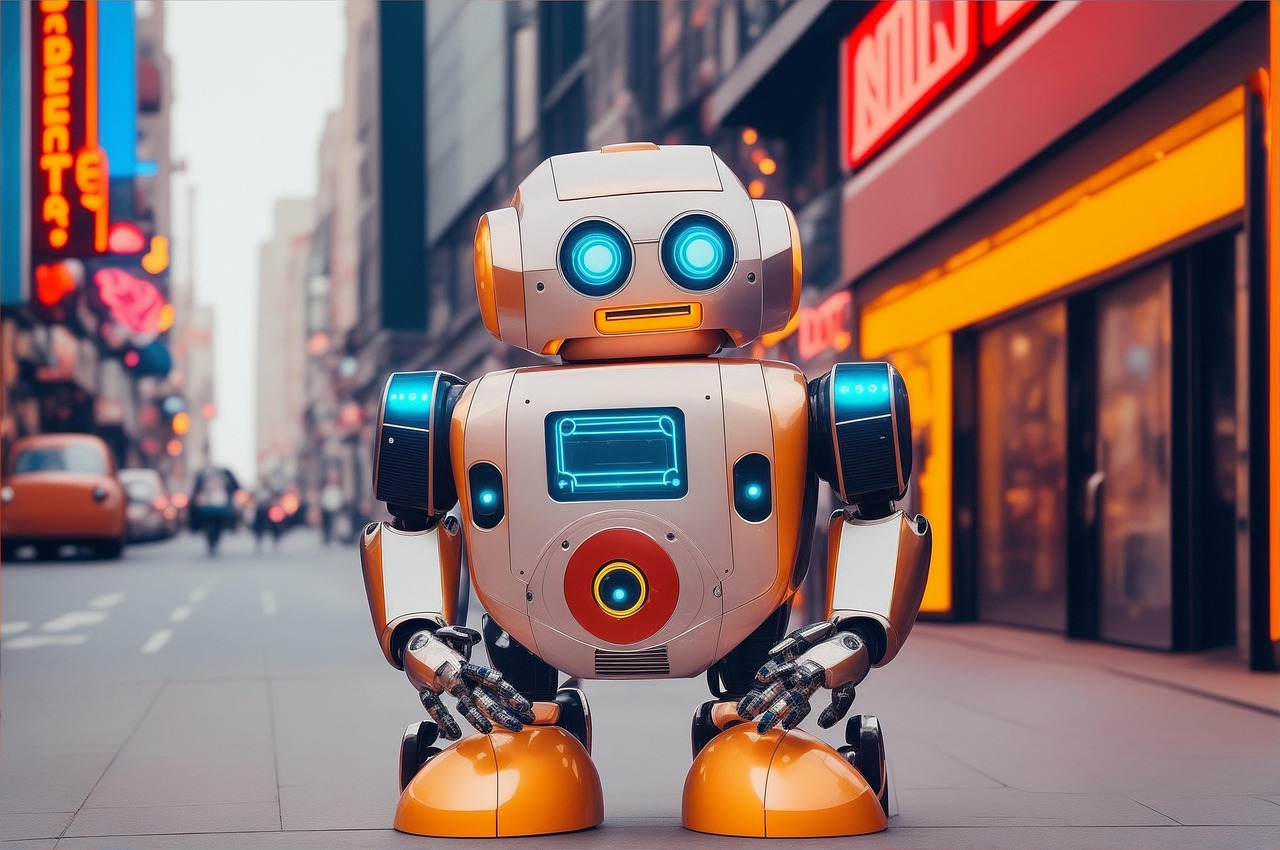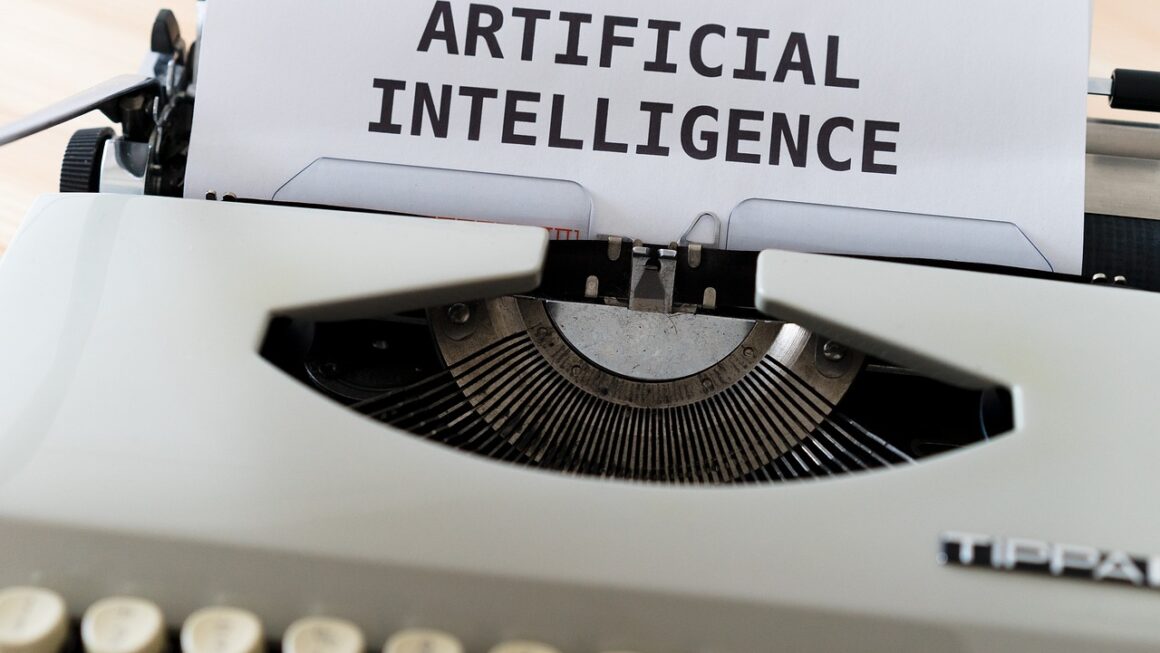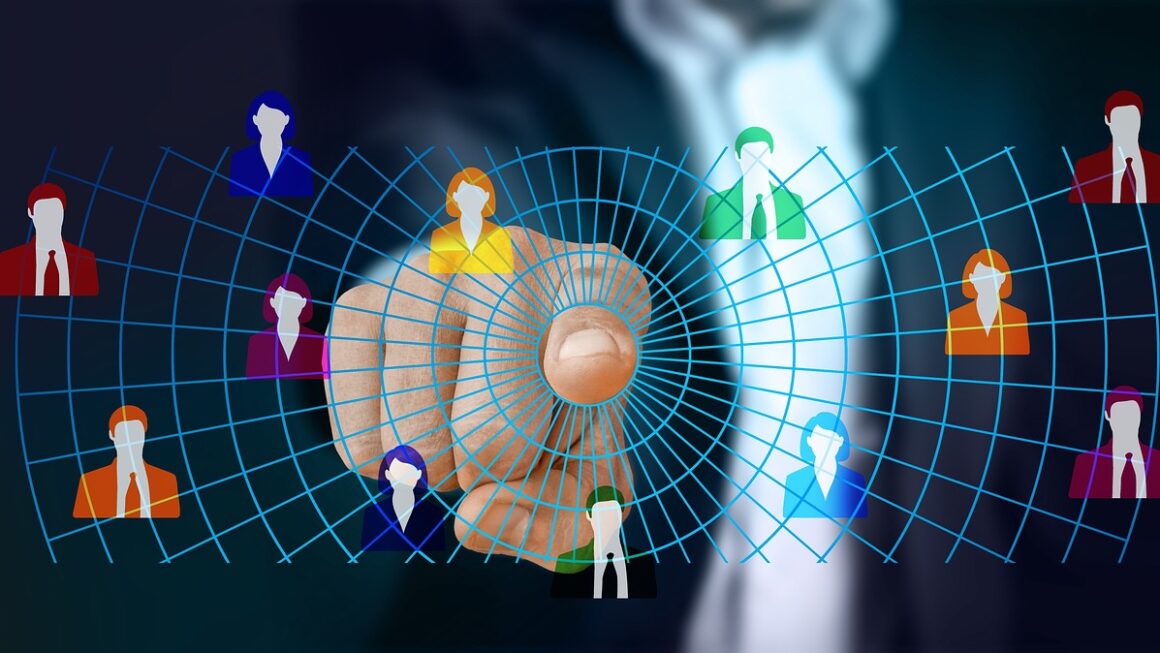The fusion of artificial intelligence and robotics is creating a revolution across industries, transforming how we live and work. AI robotics combines the physical capabilities of robots with the cognitive prowess of AI, leading to intelligent machines that can perform complex tasks with unprecedented efficiency and autonomy. This blog post explores the core aspects of AI robotics, its applications, challenges, and future trends, providing a comprehensive understanding of this transformative technology.
What is AI Robotics?
Defining AI Robotics
AI robotics refers to the integration of artificial intelligence (AI) algorithms with robotic systems. This combination allows robots to perform tasks that require perception, decision-making, and learning, mimicking human-like intelligence. Unlike traditional robots that execute pre-programmed instructions, AI-powered robots can adapt to new situations, solve problems, and even learn from experience.
Key Components
- Robotics: The physical platform including mechanical structure, sensors, and actuators that allow the robot to interact with the physical world.
- Artificial Intelligence: The software component providing capabilities such as machine learning, computer vision, natural language processing, and planning.
- Sensors: Devices that gather data from the environment (e.g., cameras, lidar, force sensors) enabling the robot to perceive its surroundings.
- Actuators: Components that enable the robot to move and manipulate objects, such as motors, gears, and pneumatic systems.
- Control Systems: Algorithms that coordinate the robot’s movements and actions based on sensor data and AI processing.
How AI Enhances Robotics
AI significantly enhances robotic capabilities in several ways:
- Enhanced Perception: AI algorithms enable robots to understand visual and auditory data, allowing them to recognize objects, people, and environments.
- Improved Decision-Making: Machine learning models allow robots to make intelligent decisions in dynamic and unpredictable environments.
- Adaptive Learning: Robots can learn from experience, improving their performance over time without explicit programming.
- Autonomous Navigation: AI algorithms enable robots to navigate complex environments independently, avoiding obstacles and reaching their destinations efficiently.
Applications of AI Robotics Across Industries
Manufacturing and Automation
AI robots are transforming manufacturing by automating tasks such as assembly, quality control, and material handling.
- Example: In automotive manufacturing, AI robots perform welding, painting, and assembly tasks with greater precision and speed than human workers.
- Benefits: Increased productivity, reduced costs, improved quality, and enhanced workplace safety.
- Data: According to a report by the International Federation of Robotics, the adoption of robots in manufacturing is expected to grow by 15% annually in the next five years.
Healthcare
AI robotics is revolutionizing healthcare with applications ranging from surgery to patient care.
- Example: Surgical robots assist surgeons in performing complex procedures with enhanced precision and minimal invasiveness. The Da Vinci Surgical System is a prime example.
- Benefits: Improved surgical outcomes, reduced recovery times, increased access to specialized care.
- Additional Uses: Automated dispensing of medicine, robotic prosthetics, sanitation and disinfection in hospitals.
Logistics and Supply Chain
AI-powered robots are optimizing logistics and supply chain operations through automated warehousing, transportation, and delivery.
- Example: Amazon uses AI robots in its warehouses to sort and transport packages, significantly increasing efficiency and reducing delivery times.
- Benefits: Faster order fulfillment, reduced shipping costs, improved inventory management.
- Autonomous Delivery: Self-driving trucks and delivery drones are being developed to revolutionize last-mile delivery.
Agriculture
AI robots are helping farmers improve crop yields, reduce resource consumption, and automate labor-intensive tasks.
- Example: Robots can autonomously plant seeds, spray pesticides, and harvest crops with greater precision and efficiency.
- Benefits: Increased crop yields, reduced water and pesticide usage, lower labor costs.
- Data: Precision agriculture techniques, enabled by AI robots, have been shown to increase crop yields by up to 10-20%.
Challenges and Considerations in AI Robotics
Ethical Concerns
- Job Displacement: The increasing automation of tasks by AI robots raises concerns about job losses in various industries.
- Bias and Fairness: AI algorithms can perpetuate and amplify biases present in training data, leading to unfair or discriminatory outcomes.
- Accountability: Determining responsibility for the actions of autonomous robots is a complex ethical and legal challenge.
Technical Challenges
- Data Dependency: AI algorithms require large amounts of data for training, which can be difficult to obtain in some applications.
- Robustness and Reliability: Ensuring that AI robots can operate reliably in unpredictable and dynamic environments is a significant technical challenge.
- Integration Complexity: Integrating AI algorithms with robotic hardware and software systems can be complex and time-consuming.
Regulatory and Legal Issues
- Liability: Determining liability for accidents or damages caused by autonomous robots is a complex legal issue.
- Data Privacy: AI robots collect and process large amounts of data, raising concerns about data privacy and security.
- Standards and Regulations: Developing clear standards and regulations for the development and deployment of AI robots is essential to ensure safety and ethical compliance.
Overcoming Challenges
- Investing in retraining programs: To address job displacement, governments and businesses need to invest in programs that retrain workers for new roles in the AI-driven economy.
- Developing ethical AI frameworks: AI developers should adopt ethical frameworks that prioritize fairness, transparency, and accountability.
- Promoting collaboration: Collaboration between researchers, industry, and policymakers is essential to address the technical, ethical, and regulatory challenges of AI robotics.
Future Trends in AI Robotics
Advancements in AI Algorithms
- Deep Learning: Deep learning algorithms are enabling robots to perform more complex tasks, such as object recognition, natural language understanding, and decision-making.
- Reinforcement Learning: Reinforcement learning algorithms allow robots to learn from experience, improving their performance over time without explicit programming.
- Generative AI: Generative AI is being used to create synthetic data for training AI robots, addressing the challenge of data scarcity.
Hardware Innovations
- Soft Robotics: Soft robots, made from flexible materials, are enabling new applications in areas such as healthcare and agriculture.
- Modular Robotics: Modular robots, composed of interchangeable modules, allow for greater flexibility and customization.
- Edge Computing: Edge computing is bringing AI processing closer to the robot, reducing latency and improving real-time performance.
Human-Robot Collaboration
- Cobots: Collaborative robots (cobots) are designed to work alongside humans in shared workspaces, improving productivity and safety.
- Gesture Recognition: Gesture recognition technology allows humans to interact with robots more naturally and intuitively.
- Voice Control: Voice control interfaces are enabling humans to control robots with simple voice commands.
Actionable Takeaways for the Future
- Invest in Education: Educational institutions should offer programs that prepare students for careers in AI robotics.
- Promote Innovation: Governments and businesses should invest in research and development to drive innovation in AI robotics.
- Embrace Collaboration: Collaboration between researchers, industry, and policymakers is essential to realize the full potential of AI robotics.
Conclusion
AI robotics is a transformative technology with the potential to revolutionize industries and improve our lives. While challenges exist, ongoing advancements in AI algorithms, hardware innovations, and human-robot collaboration are paving the way for a future where intelligent robots work alongside humans to solve some of the world’s most pressing problems. By addressing the ethical, technical, and regulatory considerations, we can harness the power of AI robotics to create a more efficient, sustainable, and equitable future. Understanding the fundamentals of AI robotics, its applications, and its potential impacts is crucial for businesses, researchers, and policymakers alike. As this field continues to evolve, staying informed and proactive is essential to capitalize on the opportunities that AI robotics presents.




